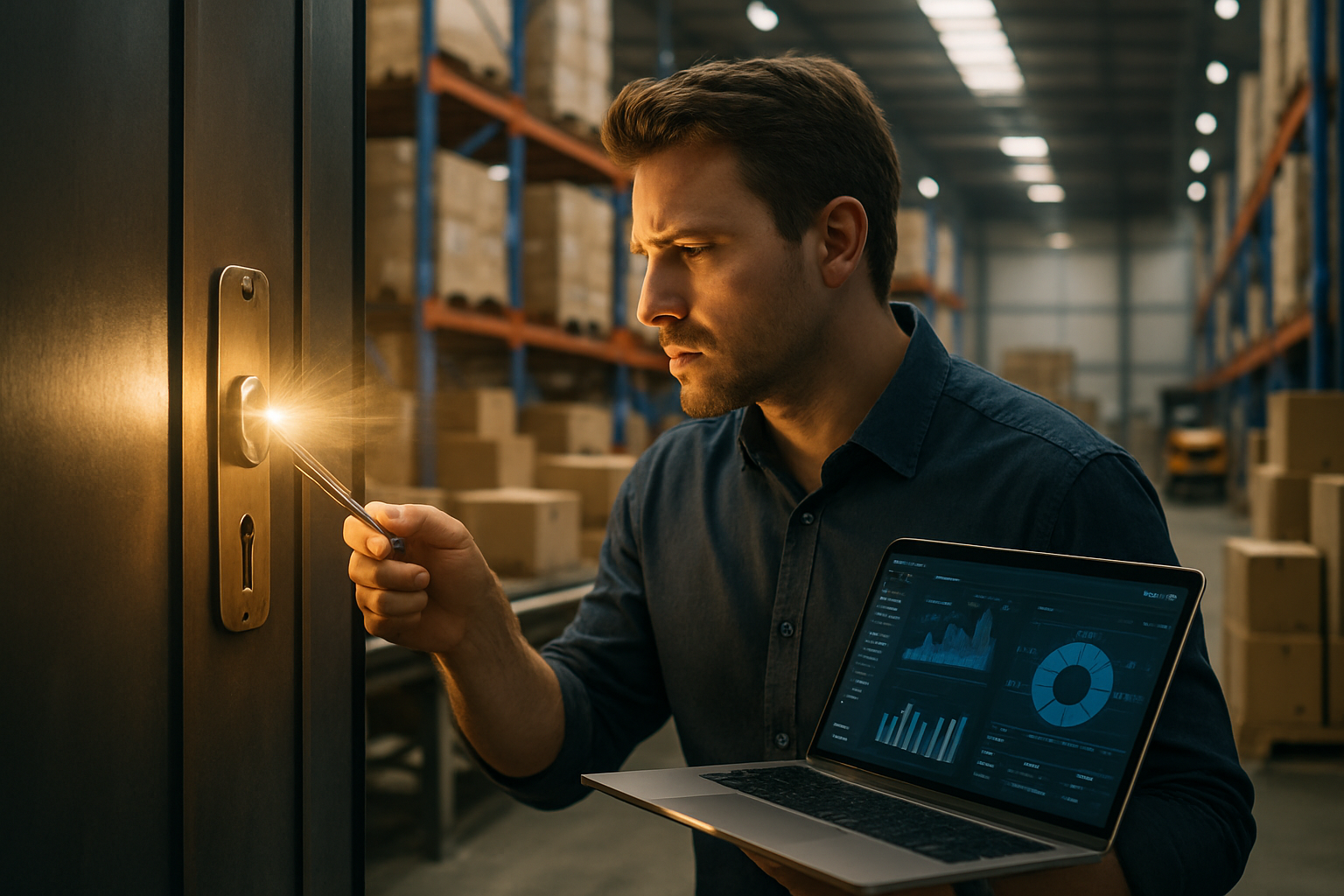Maintenance and Remote Monitoring Practices for Autonomous Retail Units
Autonomous retail units — including vending machines and kiosks — depend on structured maintenance and continuous remote monitoring to stay operational, compliant, and profitable. Effective programs combine telemetry, inventory visibility, cashless payments, analytics, and scheduled servicing to reduce downtime, optimize placement, and support merchandising strategies while addressing security, regulations, and sustainability concerns.

Telemetry and remote analytics
Remote telemetry provides real-time machine health, transaction logs, and environmental sensors that inform predictive maintenance. Telemetry streams diagnostics such as temperature, door status, motor performance, and error codes to central dashboards where analytics can flag anomalies before failures occur. Combining telemetry with usage analytics also helps prioritize service visits, reducing emergency calls and improving overall equipment effectiveness while feeding data into broader operational KPIs.
Inventory tracking and cashless payments
Inventory telemetry links product stock levels to route planning and merchandising choices. Modern systems integrate inventory sensors with cashless payments and point-of-sale logs, ensuring that sales data match physical counts. Cashless solutions reduce the need for cash collection logistics and improve payment security, but they require routine firmware updates and reconciliation checks to avoid revenue leakage. Accurate inventory telemetry supports localized assortments and price adjustments based on demand signals.
Placement, footfall, and localization
Placement decisions rely on footfall analytics and local behavior insights. Sensors and external footfall counters help determine which locations justify full-service machines versus smaller kiosks. Localization of product assortments and pricing based on demographic and time-of-day analytics improves uptake. Remote monitoring informs whether a unit at a given placement is underperforming and needs relocation, a change in merchandising, or tailored promotions to better match local preferences.
Security, regulations, and sustainability
Security measures for autonomous units include encrypted payments, tamper sensors, and remote lockdown capabilities. Compliance with local regulations — from food safety to payment data standards — requires regular software patching and documentation of maintenance actions. Sustainability practices tie into monitoring by tracking energy use, waste from expired stock, and refrigeration efficiency; remote alerts about power draw or door ajar events can reduce energy waste and lost inventory.
Logistics, merchandising, and maintenance
Coordinating logistics with remote data reduces unnecessary trips and improves service efficiency. Route optimization uses inventory and telemetry feeds to combine restock and maintenance tasks. Merchandising benefits from sales analytics and A/B tests run across localized machines, while maintenance programs should include preventive schedules, spare-part inventories, and technician certification tracking. Routine health checks, cleaning cycles, and firmware management are essential to prolong equipment life and maintain service quality.
Pricing, providers, and system integrations
Real-world cost considerations cover hardware, telemetry subscriptions, cashless readers, and management platforms. Operators typically balance upfront hardware investments against recurring software and connectivity fees. Integration complexity — linking payment processors, telemetry dashboards, and inventory systems — affects implementation time and support needs. Below are representative providers and generalized cost estimations to guide planning.
| Product/Service | Provider | Cost Estimation |
|---|---|---|
| Telemetry subscription (per machine, monthly) | Cantaloupe (Seed) | $15–$40 / month |
| Cashless reader (one-time + monthly gateway) | Nayax | $200–$600 one-time; $10–$30 / month |
| Management platform (VMMS) | Parlevel Systems | $25–$75 / month per machine |
| Integrated vending machine (new hardware) | Crane Merchandising Systems | $4,000–$10,000 purchase |
Prices, rates, or cost estimates mentioned in this article are based on the latest available information but may change over time. Independent research is advised before making financial decisions.
Conclusion
Maintaining autonomous retail units requires a mix of proactive maintenance, robust remote monitoring, and thoughtful operational design. Telemetry and analytics reduce downtime and inform merchandising, while cashless payments and localization improve customer experience. Coordinated logistics and compliance practices help control costs and risks. A clear maintenance policy combined with reliable providers and realistic pricing expectations creates a resilient, data-driven deployment strategy for autonomous retail operations.






